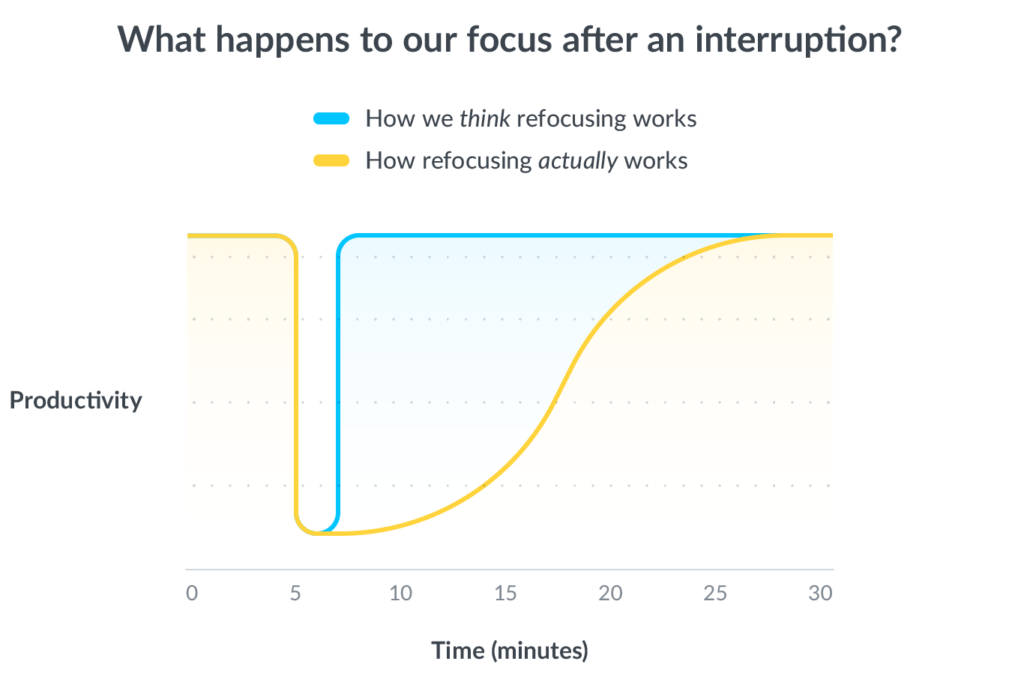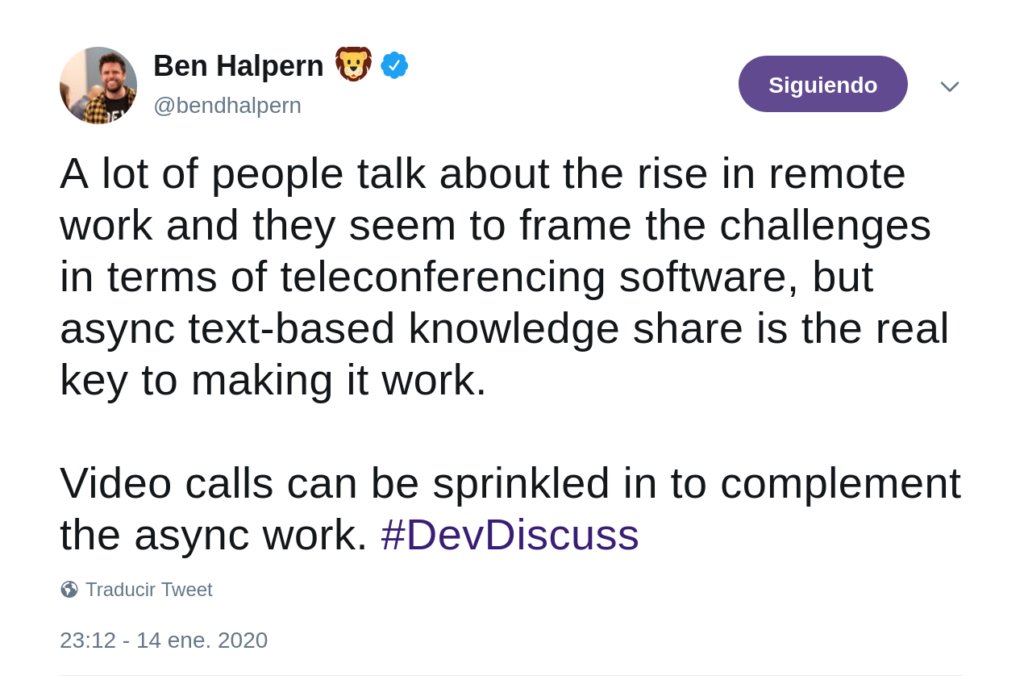“If you had to identify, in one word, the reason why the human race has not achieved, and never will achieve, its full potential, that word would be ‘meetings’”.
We usually start our training on efficient meetings at PantheonWork with this provocative sentence by Dave Barry. “Meetings are places where dead ideas rise from their graves and eat the brains of the living.”… we quote next. And just in case the attendees are not yet terrified enough by the lack of benefits of their meetings, we talk about their actual cost to deepen the message of terror before moving on to the message of hope.

Following this same approach, last week we published a message of terror about the announced failure of the great migration to remote work that was producing the coronavirus crisis, and this week we want to give a message of hope in the form of identifying the first concrete problems that have arisen and a principle of solution.
Meetings are a problem. We will not insist on something that is scientifically proven, but for a long time they were the only way for teams to work together. This changed with the birth of the Internet — another example of how the Internet is not a tool but a new organizational culture. Nowadays, meetings are just another tool for teamwork. A tool that should be used with caution, only in case of real need and if there is no alternative tool.
Use and abuse of video calls in remote work during the Coronavirus crisis
In the previous post in this series we argued that, despite the almost unanimous opinion that this coronavirus crisis was the definitive blow to remote work, this massive experiment was doomed to failure for the most part due to force majeure. Even so, during the first week of the experiment, the first unforeseen problems began to appear on which we can act. The most repeated of all: many friends and acquaintances told us that since the beginning of the crisis they spend their entire working day in video call mode. When that day ends, social and family life arrives… which is now also mostly by video call. The cognitive exhaustion is such that some colleagues asked me to talk by phone. The meeting-mania has worsened during the beginning of the coronavirus crisis in many of the organizations where this problem was chronic and has even reappeared in organizations where it was already cured. Because, let’s not fool ourselves, video calls are still meetings… but worse.

In our workshops on meetings we explain how to identify unnecessary meetings and how to optimize the necessary ones. Meetings can be a very effective tool if they are used as a last resort and are planned “communicatively” with a simple methodology. We also explain the basic sociodynamics of a work meeting, the roles in teams or the leadership styles during a meeting. We explain strategies and tricks to make remote meetings more effective. But we explain something much more valuable that for us is the key to meetings, work, remote work and the digital native organizational culture.
Communication at work before the Internet was almost always synchronous (in real time) and therefore meeting was almost the only way to work together efficiently. The Internet allows asynchronous work, which is far superior to work based on real-time communications. So how did the Internet become that black hole of procrastination and distraction that eats away at all productivity? This article entitled “How to Make Asynchronous Communication Work for Your Team” by Andy Cook of Tettra has the answer. In a nutshell and in a chart: go into “tunnel mode”. Avoid interruptions. Get your network used to the fact that you won’t respond in “real-time mode” when you’re in “tunnel mode”.

What Ben Halpern said in 2010 perfectly describes the situation during the first days of quarantine. Many organizations are looking for the perfect video calling tool, confident that the small difference from the optimal tool will make a difference. Microsoft team, Skype, Hangouts, Zoom… The technology giants are aware of this quest and are fighting a battle these days… Just one reliable tool is good enough. We prefer to use Jitsi and NextCloud Talk or any of the others if it is a more complex dynamic with breakout groups (and for the moment we will not look any further. It is not worth it.

The magic application that will solve all your remote work problems.
As we discussed in the previous post remote work will work when we learn to use netiquettes or work out loud, not when we find the perfect tool. We already have that perfect remote work tool and we will call it Asynchronous Text: “I leave you these indications here, as clear as I can, for when you can take care of it” is the subtext that all our messages must contain for remote work to work. Asynchronous Text, the perfect remote work tool, would be for example a text chat, which would not allow messages of more than 200 characters or more than two messages in a row per participant. A colleague told me, exhausted after the first week of global remote work, that the big advantage of Slack is that it allows NO audio messages. If you are going to send any audio message, any link, any video… do it with an Asynchronous Text message attachment that contextualizes it. Asynchronous Text is a technology superior to any other: it produces a minimum interruption, it contains its own tags within the text itself, it is automatically archived, you can retrieve it with a simple Ctrl+F, it can be played at different speeds, it has no patents or licenses and it is free… Asynchronous Text is the technology of the future. The magic application that will solve all your remote work problems.
If we learn how to use this tool and take it back to the real world when this crisis is over perhaps this massive remote work experiment will not be a complete failure after all.
The Internet is much more than a technology that allows us to meet without being physically together. It is an organizational culture that allows us to work together without making -so many- meetings. Let’s take advantage of it.

